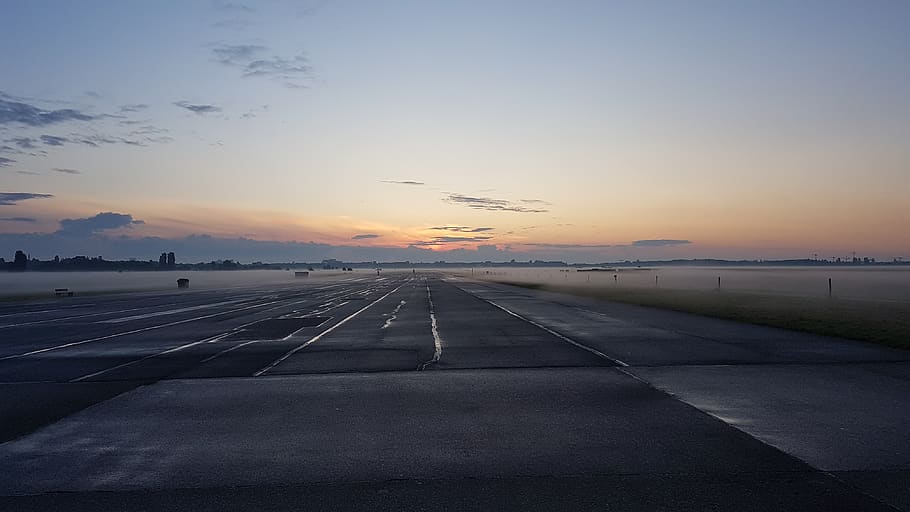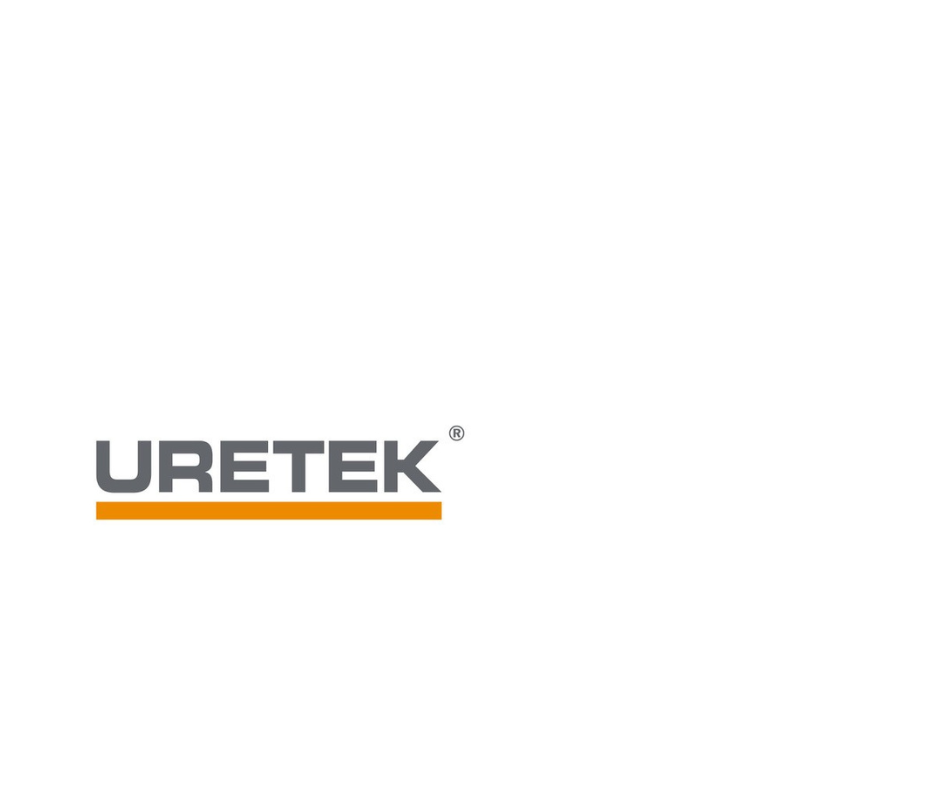The covering of taxiways and take-off and landing runways on aerodromes may sink
When using classical methods, restoring damaged sections along with strengthening the subsoil and replacing cover plates takes several weeks or even months, during which aerodrome cannot operate at full capacity. When using URETEK materials, restoration works take only a few days or even just a few hours.
Subsidence of aerodrome concrete slabs is a common problem in many airports across the world. Aerodrome surface slabs may be subject to subsidence due to increased volume of passengers and cargo, deteriorated drainage system, natural wear and tear of materials, etc.
Subsidence of concrete slabs within permitted limits is not dangerous and does not cause accident-prone situations. But if the weakening of soil under the aerodrome and subsidence of certain runway sections exceeds permitted limits, immediate intervention is required. Even if the condition of aerodrome cover slabs is not yet unsafe, it may lead to danger situation in case of sudden change in weather conditions. For instance, if water in the recesses of aerodrome surface freezes, it may cause planes to slide.
Strengthening of the soil under airfield
In order to restore concrete slab surface of aerodrome, it is necessary to strengthen the soil under the slabs. Traditionally, stabilisation and levelling of aerodrome surface slabs requires partial or complete dismantling, closing unsafe section for major repairs and involving heavy duty vehicles. After dismantling of the slabs, soil strengthening procedures are performed, followed by restoration of aerodrome surface.
When using modern URETEK technology and materials, it is not necessary to dismantle or replace the aerodrome surface in order to strengthen the soil under aerodrome and stabilise and level the position of concrete slabs, neither is it necessary to deploy heavy machinery.
For strengthening the soil, a certain number of holes with 16 mm diameter are drilled in aerodrome surface used for inserting geopolymer material to required depth.
Principle of the technology
URETEK material contains special geopolymer resins, which expand and harden when inserted in soil, achieving great strength in merely 15 minutes. That way, the soil under the airfield is strengthened, whereas restored section can be used almost immediately after performing the injections.
Technology allows restoring the site with only minor changes in flight plan that do not interfere normal functioning of the aerodrome. It is sufficient to plan repair works for the period when there are not many take-offs and landings. Due to the dimensions of equipment required for URETEK geopolymers injection and autonomous nature of transport equipment, it does not limit the aerodrome resources during restoration works.
Variations in technology
URETEK technology can be used in two ways to lift and stabilise airfield cover plates. Methods differ from each other in terms of the depth of geopolymers injection. Deep Injection method is used to restore former soil properties at the depth of several meters. For immediate stabilisation and levelling of concrete slabs, geopolymer material is inserted in the gap between soil and slab by using Slab Lifting method. In both cases, the position of aerodrome surface and concrete slabs is adjusted by means of laser levels with precision of ±1 mm.



